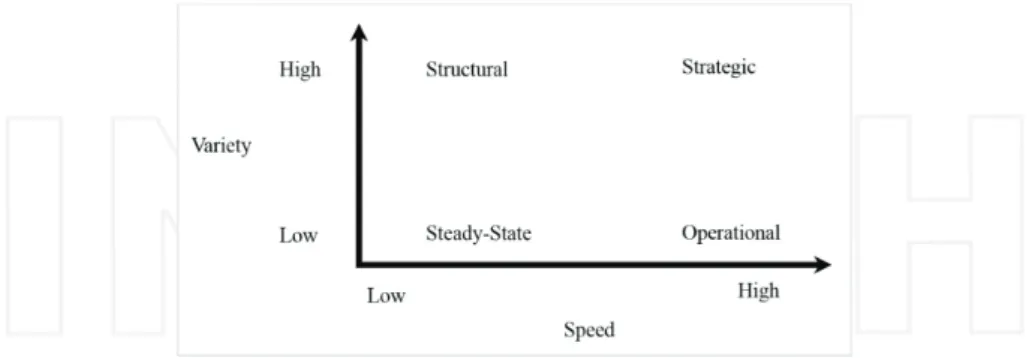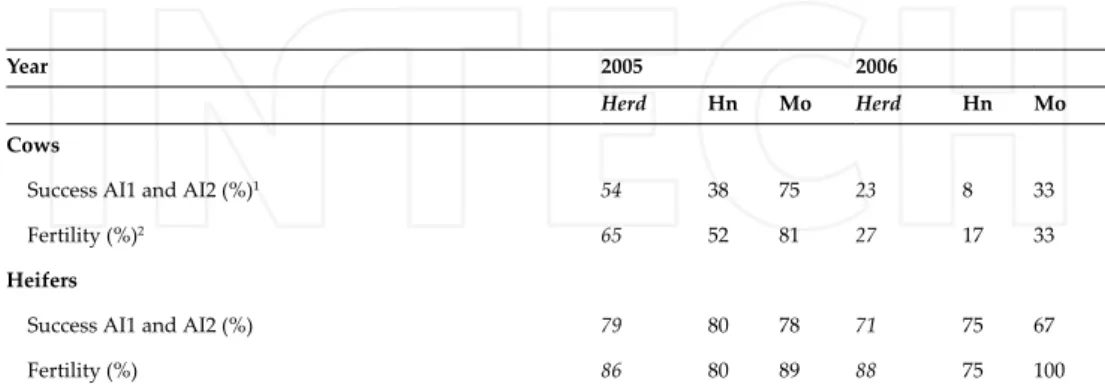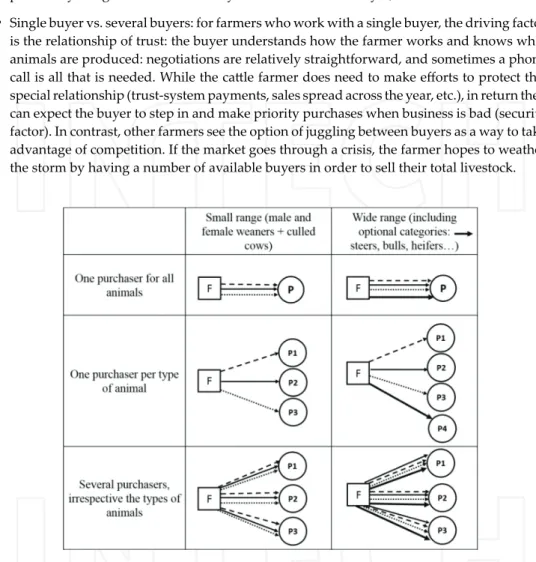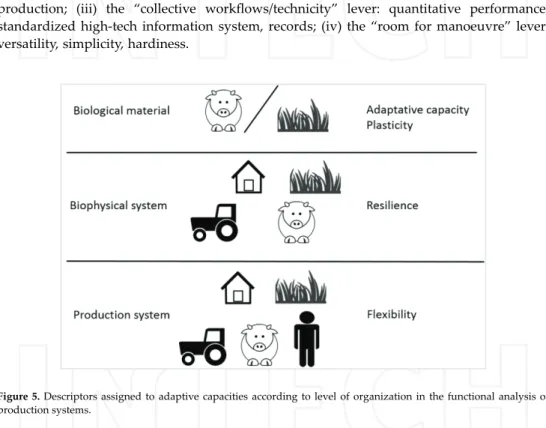Securing sustainable livestock production systems in an uncertain economic climate: Nurturing flexibility and resilience
Texte intégral
Figure




Documents relatifs
(2013) calculates at pixel and aggregate level: (i) data on crop byproducts and crop residues’ usability; (ii) livestock rations for the different types of animals and
In many pharmaceutical manufacturing applications, Laser-Induced Breakdown Spectroscopy (LIBS) makes possible at-line rapid measurements of many formulation
While M13 clone DDAH successfully catalyzes copper oxidase activity, a higher throughput method of assaying potential biocatalytic clones could identify a phage
Keywords: climate change policy, sustainable development, prioritization, development, environmental protection, global warming.. 1 University of London, Imperial College
Cette capacité d’adaptation contribue à la durabilité de l’exploitation en lui permettant de composer avec un contexte variable, mais constitue également un élément de plus
While there may be autonomy in time management, it may be important to have information about the planning and scheduling of tasks (cf. Given the prominence of maintaining
1) Classical engineering which is based on a functional approach in order to control simple regulation mechanisms. 2) Resilience engineering which deals with borderline and incidental
Focusing on Europe, it is advanced here that with the ability to balance fluctuating electricity generation and demand, flexibility allows the energy sector to
